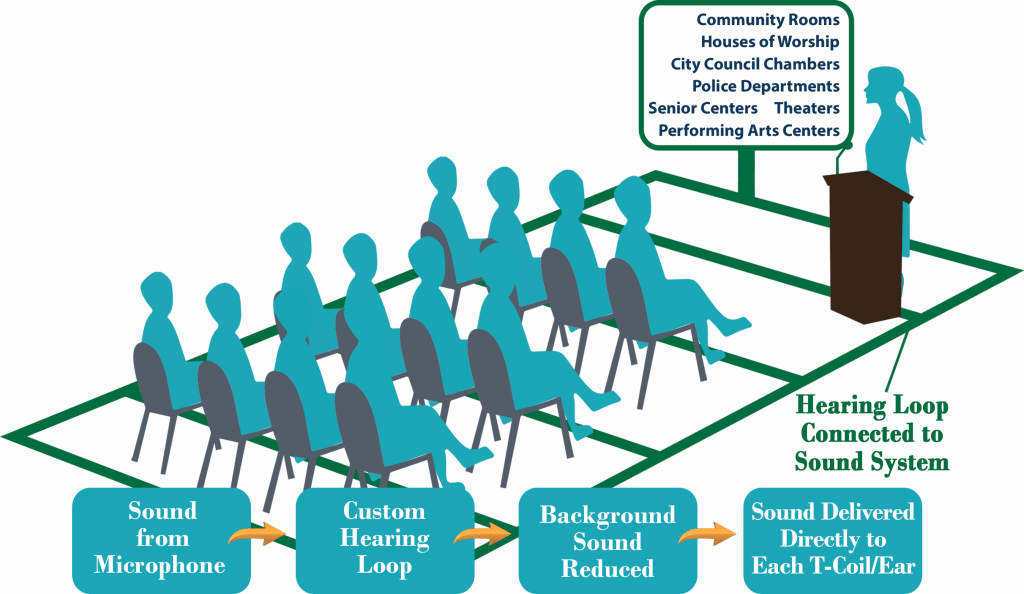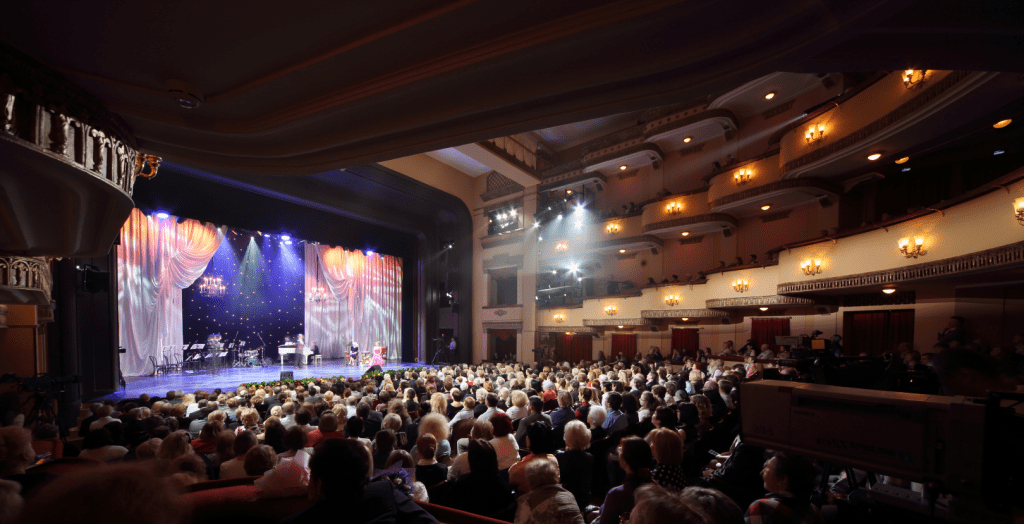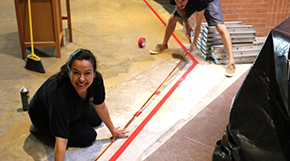What Is A Hearing Loop?
A hearing loop is literally a copper wire that “loops” around a room and transmits sound that is picked up by the telecoil in a hearing aid or cochlear implant. The t-coil functions as an antenna directly linking the listener to the facility’s sound system. It is as if the microphone is speaking directly into the hard of hearing listener’s ear! Today, telecoils are built into two-thirds of hearing aids and all cochlear implants.
Certified Loop Installation Directory
Assist2Hear News and Updates
Hearing Loops in the News – Nichols Hills City Hall
And the Next Hearing Loop Location is…the Round Rock City Council Chambers
Tulsa Induction Loop Training at Church of Saint Mary, 8/20/17
Hearing Loops Explained
- The Sound Source, such as a voice, TV, mixing console or other audio system, is captured using a microphone.
- The Hearing Loop surrounds the area where the listening audience is located and carries the sound signal through the loop with reduced ambient noise.
- The Sound Signal is picked up by Telecoil (or T-coil) enabled hearing aids, cochlear implants, or headsets with loop receivers.
- Individuals with T-coil equipped hearing aids and cochlear implants simply activate the T-coil program to hear enhanced sound clarity. There is no need to check out a separate receiver.

Board rooms, theatres, teller counters, and more!
- hearingPerforming Arts Centers
- hearingUniversities & Classrooms
- hearingCommunity Centers
- hearingChurches
- hearingAuditoriums
- hearingCity Offices
- hearingPatient Rooms
- hearingConferences & Seminars
Many venues have an FM or infrared (IR) system, which work okay and meet regulatory compliance – except that no one wants to be seen wearing a headset that advertises their hearing loss! Headsets also require maintenance, cleaning, charging, etc. Unfortunately, most FM or IR systems gather dust. Hearing loops are the user preferred hearing assistive technology.


It isn’t just the hard of hearing population that benefit from hearing loops and increase communication access. What is business owners woke up to the fact that a large demographic of customers might frequent their businesses if they were welcomed and able to hear? Pharmacies, banks, theatres, grocery stores, senior centers and communities, dinner theatres and more can benefit from hearing loop technology.
Advantages of a loop system:
- checkThe t-coil is the only universal technology amongst hearing aid manufacturers! A t-coil will allow the user to use a hearing loop anywhere in the world.
- checkImproved clarity and understanding benefits a business, their customers, and employees.
- checkListeners use their own hearing instruments to hearing through a loop. Sound is optimized for each user’s individual hearing loss and needs.
- checkOnce installed, hearing loops require virtually no maintenance to the system.
- checkUnlike Bluetooth, there is no limit to the numbers of users of a hearing loop system.
- checkA headset is not required for users with a t-coil in their hearing aid! In contrast, FM and IR systems require all users to wear a receiver, calling attention to their hearing loss.





